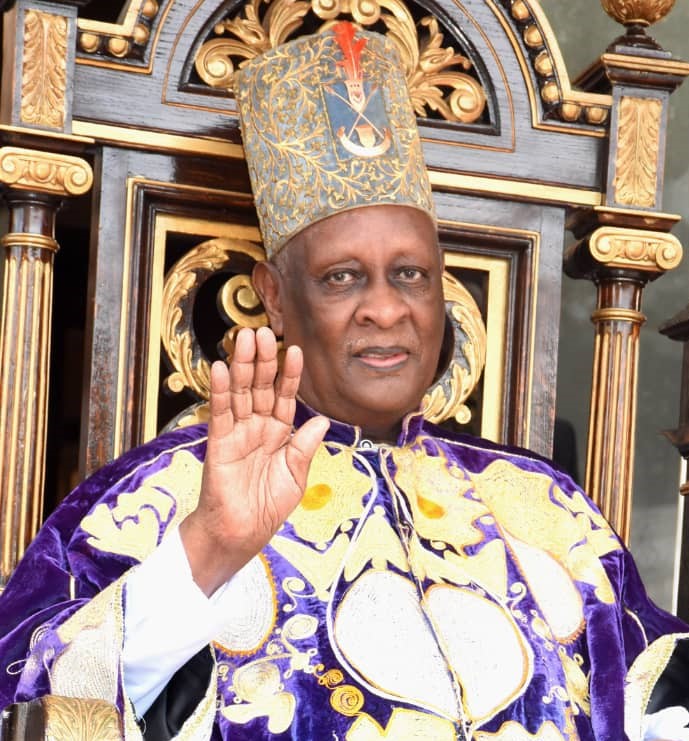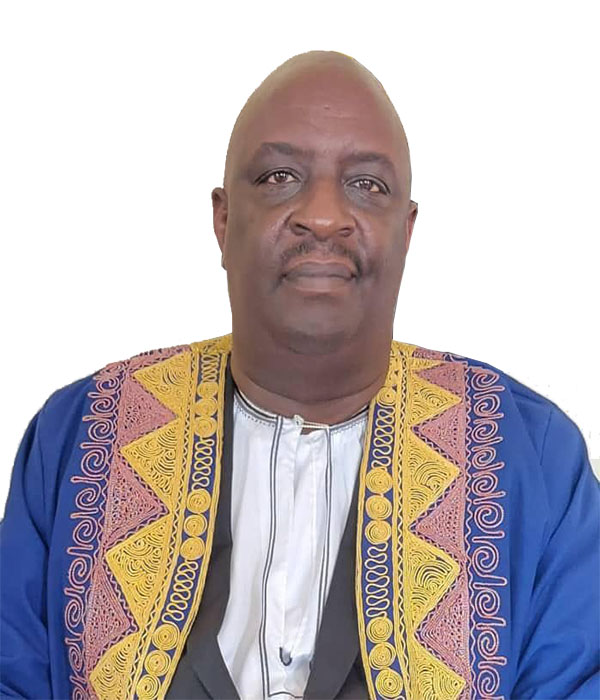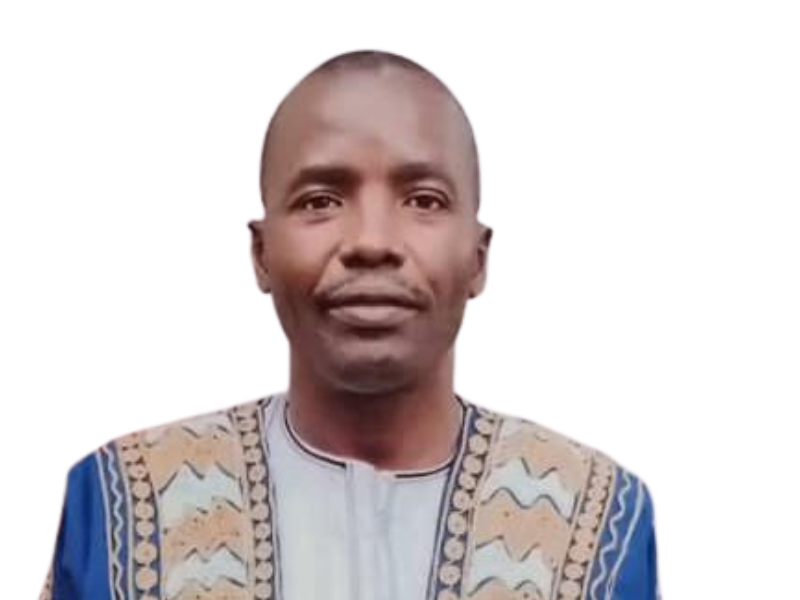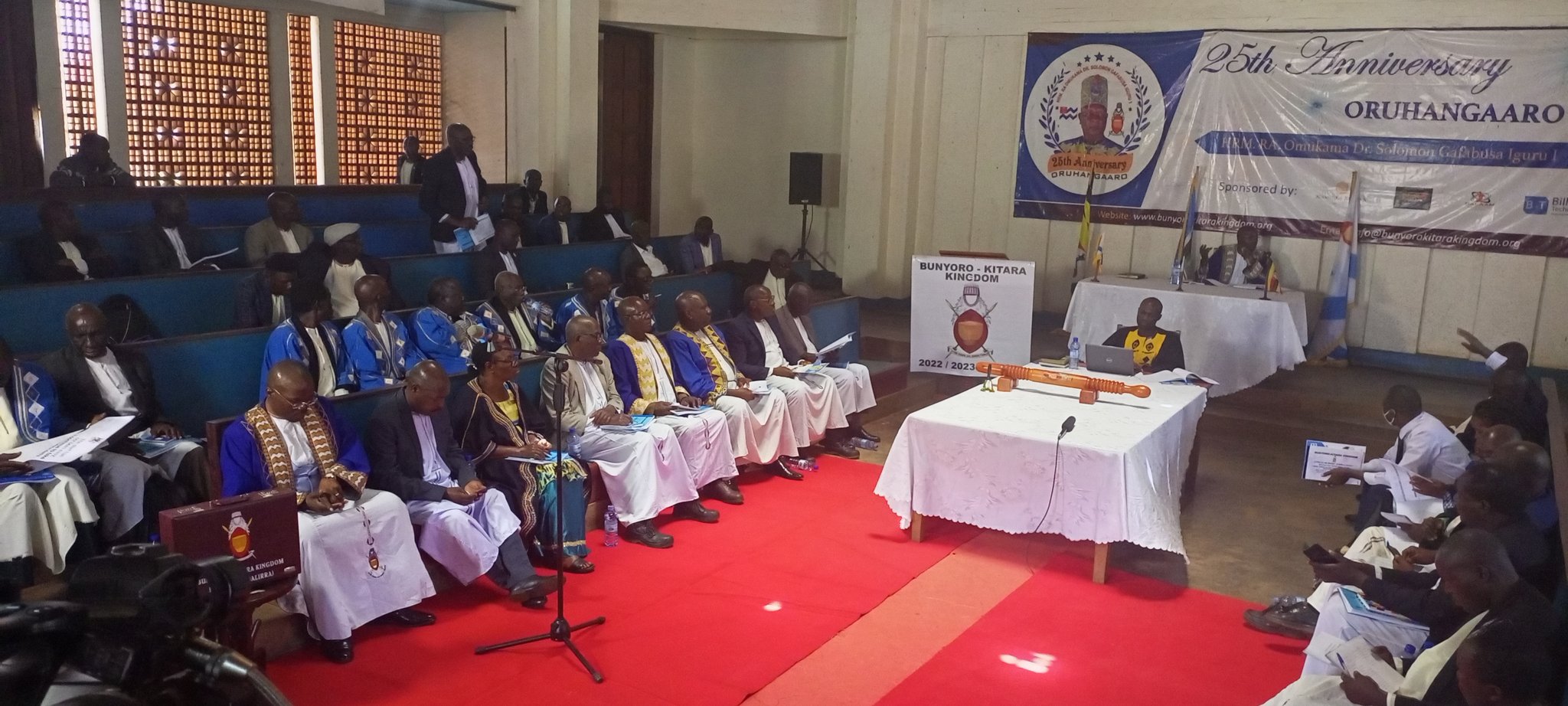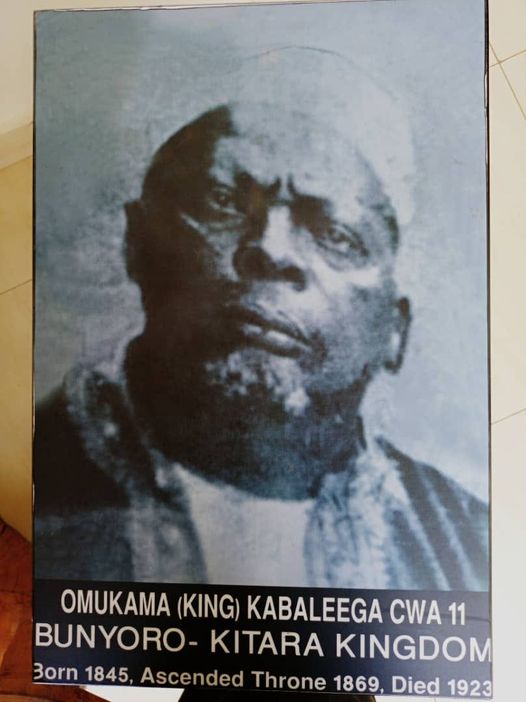- April 9, 2022
- Posted by: Communications
- Categories: General, Latest News
No Comments
By Isaac Kalembe Biromumaiso Akiiki
One hundred and twenty-three (123) years ago – or almost a-century-and-a-quarter – today, April 9, 1899, Omukama Cwa II Kabaleega, together with Kabaka Daniel Basamula-ekere Mwanga, were captured on the banks of River Nile at Kangai during a surprise dawn raid on their hideout by a combined Ango-Buganda force, reinforced by Sikh soldiers from the 11th Bombay Battalion from India.
Though Kabaleega put up a determined resistance, himself in command using his trademark Remington rifle nicknamed *Bagwigairebata?* (literally “how dare they (the enemy) block the way?”), little could he do to stop his capture.
The firepower of the bridgehead assault of the highly-trained Sikhs, who had laid in ambush since the night before, was too much to resist.
In mere minutes, they had mowed down Kabaleega’s 200-strong bodyguard, whose bodies lay in a pool of blood at the scene.
However, Kabaleega, and his four sons, including the legendary *Jaasi Nyakimoso*, who was Kabaleega’s firstborn às well as the commander of the elite bodyguard (the equivalent of present-day SFC), retreated deeper inside, close to the bank of River Nile, where they staged the last stand.
True to his motto, *Kusingurwa, nfa* (literally “Conquer or Die”, Kabaleega ordered his four sons not to surrender, at least in honour of the legendary Bacwezi who bequeathed them Bunyoro-Kitara Kingdom.
It’s said Kabaleega had been immunised against death by firearms. Indeed, none of the five was shot dead despite the hail of bullets.
However, it was not only when a Sikh marksman shot Kabaleega’s right thumb that he dropped his rifle. And, Jaasi did likewise after being fatally shot in the stomach.
The other three young princes also finally gave up – Andereya Bisereko Ruhaga (later Omukama Duhaga), Zazaaya, George Kabaleega (his father’s namesake) and Nyinabarongo (Kabaleega’s wife).
This battle was commanded by Col. Evatts, assisted by Baganda generals Semei Kakungulu Rwakirenzi (a Munyoro from Kooki) and Gabulieri.
It was the latter who flashed out Kabaka Mwanga from his hideout, some distance from Kabaleega’s, to the east.
Kakungulu oversaw the operation to capture Kabaleega. Indeed, the bleeding Kabaleega requested Kakungulu to shoot him, but he refused.
Indeed, he had Kabaleega bandaged. Wishing to die, the Omukama instead requested prince Bisereko to tear away the tourniquet so that he may bleed to death.
Competent in Runyoro, Kakungulu intervened and separated the princes from their father, and he stood guard.
Despite his honourable act, Kakungulu’s notoriety as a traitor lived on (his being a Munyoro from Kooki notwithstanding, he was Kabaka Mwanga’s brother-in-law, having married the Kabaka’s sister).
Col. Evatts entrusted Kakungulu with the task of marching the prisoners of war to Kampala. Jaasi died of severe bleeding at Nakasongola en route to Kampala.
The capture of Omukama Kabaleega marked the nadir (lowest point) of Bunyoro pride and glory. Some academics have likened to the *Nakibr* – the Palestinians’ loss of statehood.
The writer is the Speaker (Omutalindwa) of the Bunyoro Kitara Kingdom Parliament.
